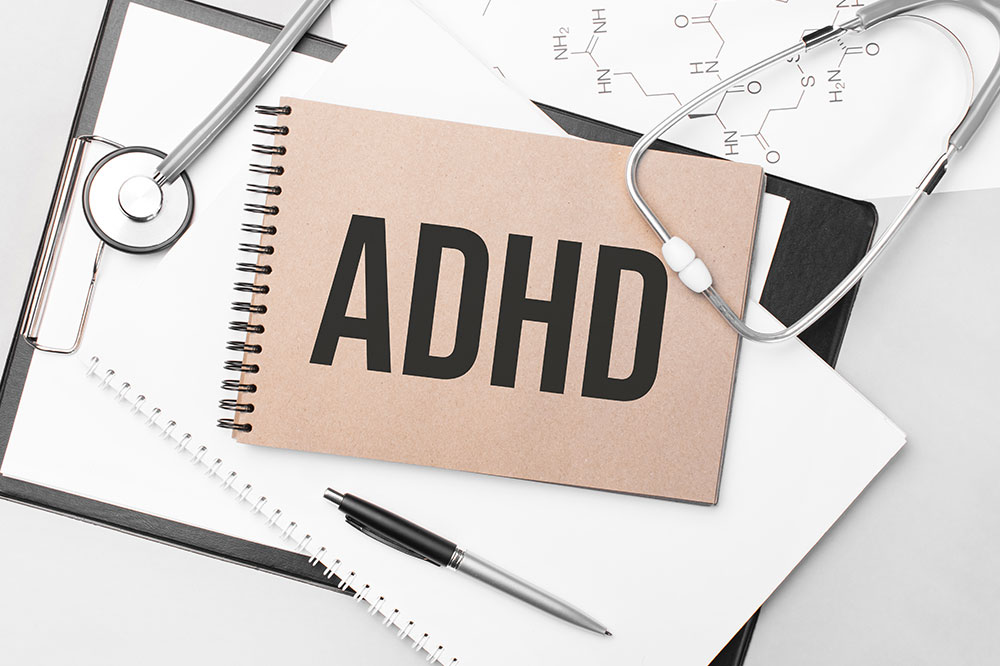8 foods that worsen arthritis symptoms

Arthritis is a condition that affects the joints of the body, especially the hands and feet. It leads to inflammation which can be painful and irritating. While it cannot be completely reversed, some management techniques involve eating the right foods that can help reduce arthritis symptoms. So let’s look at some food groups and items that should be avoided to help reduce any triggers like inflammation. Some of them are:
Red meat
According to research, those who consume a lot of red meat are linked with more inflammation in their bodies than those who don’t. There are inflammatory markers like C-reactive protein, homocysteine, and interleukin-6, which are high in those consuming red meat. In a comparative study, those with a plant-based food plan have shown signs of improvement in arthritis symptoms.
Gluten food
Research suggests that consuming gluten is linked with increased inflammation in the body. Gluten is a type of protein that is found in foods like wheat, barley, triticale, and also rye. Substituting these gluten products with those without them(other plant-based products) is known to reduce arthritis symptoms like inflammation and help manage the disease overall.
Processed food
The highly processed food category includes items like breakfast cereals, fast food, and baked goods which are all high in preservatives, added sugars, and other inflammatory ingredients that irritate arthritis symptoms. Apart from arthritis inflammation, consuming highly processed foods increases glycated hemoglobin, which is responsible for blood sugar control. This can lead to several complications like diabetes and also heart disease.
Vegetable oil
This is high in omega-6 fatty acids, which worsens arthritis symptoms. Some of the culprits of omega-6 polyunsaturated fats include sunflower, nuts, soybeans, and meat products. It is advised to instead up the omega-3 fatty acid levels in the body by eating more fish like salmon, herring, canned tuna, sardine, cod, and even Atlantic mackerel.
Advanced Glycation End (AGE) products
This is a term used for a molecule in certain foods like uncooked animal products or high-protein, high-fat animal food cooked through methods like frying, broiling, searing, or grilling. This molecule is created with the reaction between sugars and protein or sugar and fats. Such items as roasted or fried chicken, broiled hot dogs, bacon, grilled or pan-fried steak, French fries, American cheese, margarine, and mayonnaise are all examples of AGEs products. With high consumption of these food items, oxidative stress occurs in the body, which also leads to inflammation.
Highly salted food
Food items with a higher amount of sodium are known to lead to bloating and other inflammation in the body. It can also lead to blood pressure complications with more and more consumption. Apart from processed foods like cheese, canned products, or processed meats, reducing the amount of salt in regular everyday food is also recommended.
Added sugar
Sugar is addictive and leads to several complications, like spiking up the glucose levels in the body, which can lead to diabetes. Studies suggest that increased sugar intake increases the risk of developing arthritis in individuals.
High-fat dairy products
Dairy contains a compound called casein which is studied to trigger inflammation in the body. However, some dairy products like yogurt are known to be good probiotics that help with gut health and reduce inflammation. So choose wisely.






